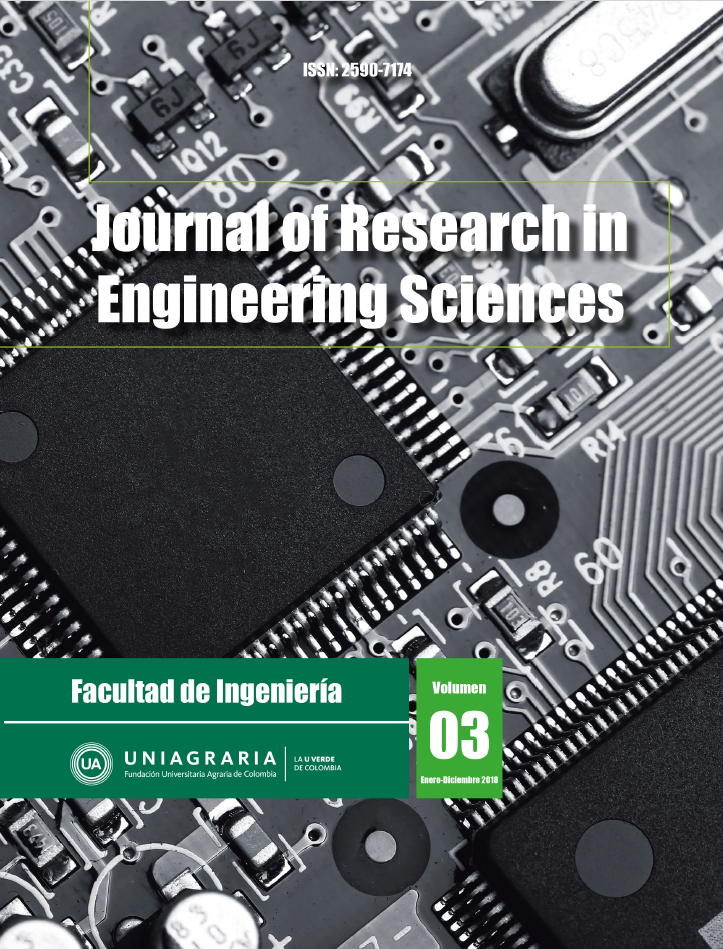Abstract
In the Amazon region there are two predominant species: Euterpe oleracea Mart. and Euterpe precatoria Mart, these are palm trees whose fruit is known as açai. However, unlike E. precatoria, E. oleracea has received special attention for its incomparable taste, energy properties and for being an important source of antioxidants. Recently, studies have been conducted on E. precatoria demonstrate its bioactive superior to that reported for E. oleracea, however, these studies are rare and focus only on the pulp leaving aside açai seed. On the other hand, businessmen have shown great interest on the obtaining the responsible compounds for their antioxidant activity such as phenolics, for its incorporation in cosmetics, pharmaceutical and food products. However, the use of large amounts of mostly toxic solvents, long extraction times, low extract yield, low antioxidants-concentration of the extracts and presence of solvent in the final product are disadvantages of the current extraction processes that reduce the possibility of having high quality açai extracts in the market. In this paper, the obtaining of phenolic compounds and antioxidants from açai seeds by pressurized liquid extraction (PLE) was studied. Extractions were made by using ethanol as the solvent extraction at flow rate of 2.0 × 10-5 kg of ethanol/s, temperatures of 313 to 333 K, pressures of 2 to 6 MPa with and solvent to feed mass ratio (S/F) of 2.3. Total phenolics and antioxidant activity of açai extracts were evaluated while the extraction yield was determined to evaluate the PLE performance. Richextracts in phenolic compounds with antioxidant activity from açai (E. precatoria) seeds were obtained by PLE. The highest phenolic content in extracts was 33 % and it was obtained at 313 K/ 4 MPa while the highest phenolic extraction yields were quickly produced at 4 MPa and low temperatures (313 to 333 K) using only small amounts of a GRAS.Downloads
Download data is not yet available.
